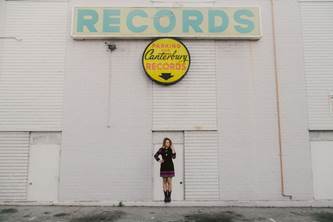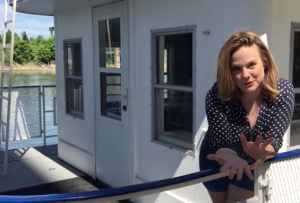Think of alumni relations as a close cousin of fundraising. Two-year colleges often have under-resourced, rudimentary programs that lack the focus of their four-year counterparts. And if your fundraising program is under-resourced, it’s hard to invest much in alumni relations. But invest we should. And we should remember that alumni relations is a separate cost center from development, one that should not be reflected in your cost-of-fundraising reports like the IRS form 990 or your audit.
Here are some reasons to invest in alumni relations:
- Alumni are a resource of the educational mission of the college. Their relation to the institution comprises interactions that transcend the fundraising program.
- The college needs to offer multiple, coordinated entry points for interactions with alumni, coordinated by a specialist reporting to the VP of Advancement.
- The college needs to promote interaction with the alumni so that they remain informed about the educational activities of the college and can serve as ambassadors of the college in ways that benefit enrollment management, career placement, and other core activities of the college even before we see their cultivation as a future resource of the fundraising program.
- Alumni often want to maintain a relationship with the college directly via their academic department, as with professors, or coaches, and don’t want to be perceived primarily as donor prospects. I believe this is particularly true for alumni in their 20s and 30s.
- Young alumni as a group cost the fundraising program money to stay in touch with them during the twenty-year period it takes for them to become significant donors. A balanced, professional alumni relations program will undertake that challenge based on a rationale that is more encompassing than the Annual Fund dollar value of each class of alumni.
- Tracking contact information for alumni often exceeds the data management capacity of a fundraising office, requiring significant integration with the data management capacities of the college. This is the most intractable issue facing community colleges today because the effort is under-resourced and not seen as an institutional priority. Even so, much more can be done by most colleges to keep track of alumni, including mailing to them at least twice a year and using NCOA protocols.
- A primary way to remain in touch with alumni is a college magazine, backed up by a strong online program for alumni contact. The editorial content of these reflects the entire college and therefore must be managed to reflect the interests of the college, while at the same time viewing editorial through the lens of Alumni relations and development.
- With younger alumni, their relationship to the college may benefit the college in ways that pertain more closely to marketing than fundraising.
- Alumni benefit the college directly by:
- Providing expert advice and guidance to the university’s leadership
- Providing case study material, guest lectures, equipment or similar to enhance teaching
- Supporting student recruitment
- Providing careers advice, mentoring, placements, internships to students
- Acting as positive role models to current students
[Source for #9 (condensed): http://www.case.org/Publications_and_Products/Fundraising_Fundamentals_Intro/Fundraising_Fundamentals_section_1/Fundraising_Fundamentals_section_12.html]
These activities reflect the degree to which the alumni relations program must be managed by the college to provide systemic, comprehensive management of the aggregate and individual relationships with alumni to benefit the college as a whole.
- Colleges often provide services or benefits to alumni, both tangible and intangible, that reflect interactions with the entire college, including athletics, academics, placement, and advancement. An advisory team that reflects the life and values of the college should assist in oversight of these benefits.
Conclusion: it’s never too soon to invest in alumni relations.


